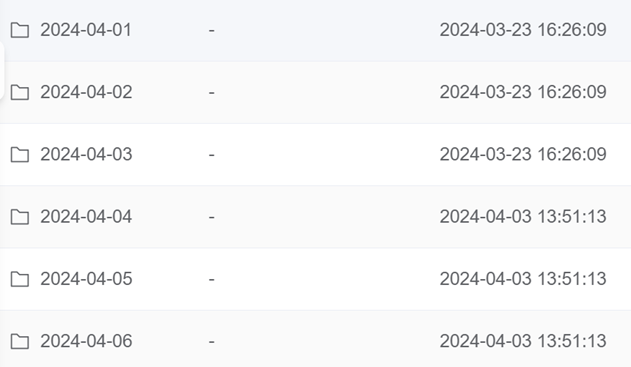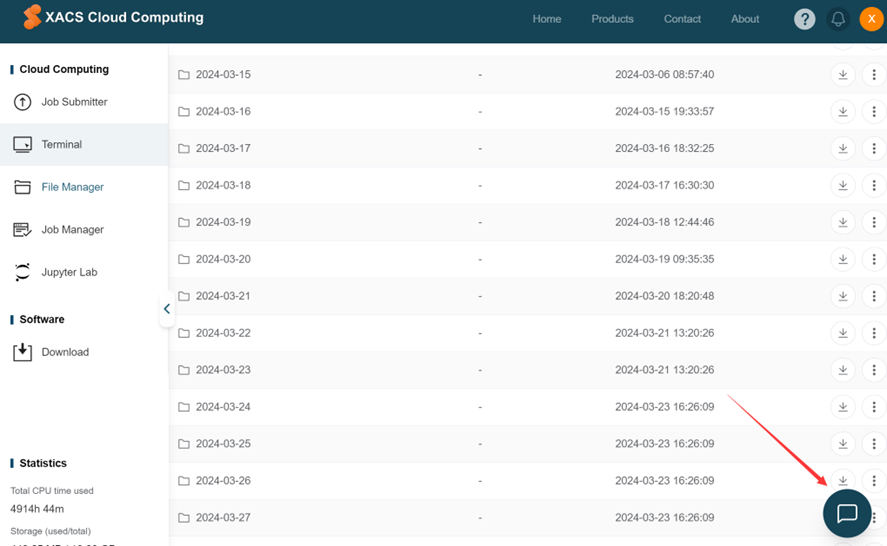April updates: Backup, feedback, surface-hopping dynamics, constrained geometry optimization, and more
Published Time: 2024-04-12 16:39:36
Dear users,
We have made several updates of the XACS platform and software.
Backup of users cloud data
You can now find the historical versions of your files on XACS cloud computing of the last month in time_machine directory, which you could find in the file manager:

It contains the snapshots of the home directory for the previous 30 days. The file name is the corresponding date.

Thus, when you need to restore a mistakenly deleted file or retrieve a previous version of a file, you just need to copy the corresponding file from the time_machine folder to the appropriate path in your home directory.
The files in the time machine directory are read-only, so don’t worry about accidentally deleting these backup files. Besides, they are located on our backup server and do not occupy your disk space quota.
Feedback
Now you can easily contact us and leave your feedback through the feedback function in the bottom right corner of the cloud computing page. We will reply to you via email once we receive it.

Surface-hopping dynamics
Now you can also perform surface-hopping
dynamics with machine learning potentials, ab initio and semi-empirical quantum
chemical methods, and their combinations (e.g., with AIQM1). We prepared for
you a dedicated tutorial on how to run such simulations through MLatom@XACS’s Python API. In the
corresponding arXiv preprint, we report the details and good performance of AIQM1 for
surface-hopping dynamics.
Diffusion Monte Carlo and energy-weighted training of ML potentials
The user can now also perform the diffusion Monte Carlo and energy-weighted training of ML potentials. Why you might want to do that you can read in the arXiv preprint and check out our tutorials.
Other updates
In addition to above features, we made
several MLatom@XACS releases with the following updates:
·
made AIQM1 on the XACS cloud much faster and more stable
·
made frequency calculations more robust
·
improved ORCA interface
· implemented CCSD(T)*/CBS calculations for charged and open-shell species
· implemented geometry optimization with constraints.